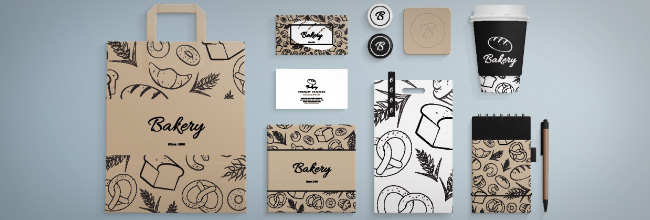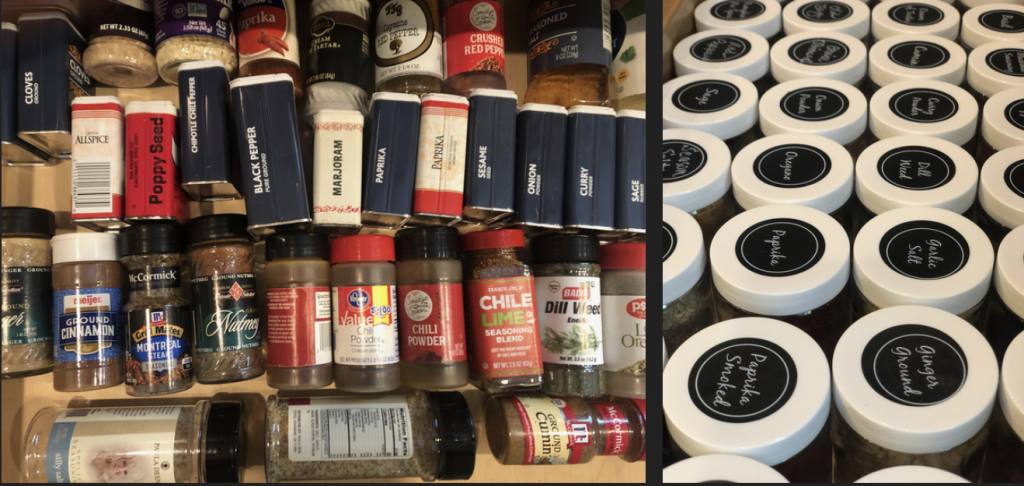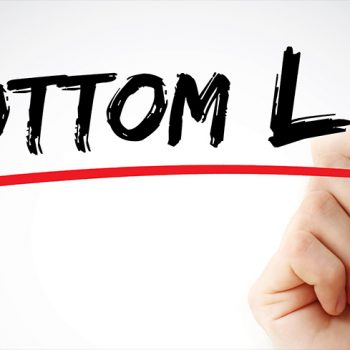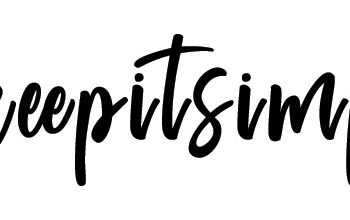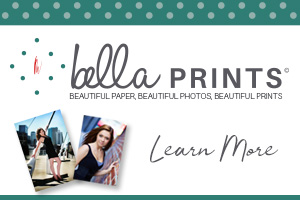Intro by Skip Cohen
When I was a kid, we had a neighbor who was a builder. It seemed like he was adding another room to the house every year. While it was pretty remarkable inside in terms of space, there was little continuity in design, and it looked terrible.
On the same level, over and again, I see photographers getting tired of their logo, their message, and the look of their website. Years ago, I knew an artist who changed his logo every year or so because he was tired of it.
Take a second and think about products we all know – Tiffany’s is always a turquoise bag, Godiva is always the same look, colors, etc. We all recognize the logos of most car manufacturers even if we can’t see the letters. But, more importantly, we know what each product stands for. We recognize the level of quality, service, and value.
We’re in what many of you call the “slow season,” but it shouldn’t be slow for you. Take the time to look at everything you’re doing to build your brand. Continuity and consistency are essential with every aspect of your business, from your logo to how you answer the phone, website, blog, and reputation!
By Beverly Walden
If your brand was a spice drawer, which one would it be?
I heard a story on a morning show as they discussed the famous British clothing company, J Barbour and Sons. This company was started in 1894 and is famous for its waxed jackets, country gear, and casual clothing. The waxed jackets are still made by hand in Simonside, England, and they thrive on their brand of upholding the unique values of the British countryside.
On the show, they were interviewing the 5th generation owners about their outerwear garments and why they haven’t changed much over the years. Their reply was that they were still offering many of the same items as they had from the beginning of the company because their brand, though tight, was loved and valued and was what the buying public wanted.
Year after year, decade after decade, it was a very successful strategy for them.
Their clients (and prospective clients) treasured, valued and were willing to pay top dollar for this product. In fact, instead of purchasing a new garment when their current one was starting to look ragged, their clients instead sent their old garments back to the company for refurbishing and paid a hefty price to do it. THAT IS LOYALTY!
The queen of England is one of their best clients and when she recently sent in her tattered coat, they offered to make her a new one! However, the queen politely asked them to simply refurbish the one she had-she loved and valued it that much!
WOW! This speaks volumes about why we need to create, build, protect and stick with the brand we have built or are building.
Evan Anderson says, “With all the “noise” of other brands and individuals, people don’t care about your product unless they care about who you are, as well as what you represent. That is why establishing a solid brand, and keeping continuity with that brand is vital.”
Once your brand takes root, you still need to water it, so to speak, by making sure it appears in everything you do, print, or associate it with…if you don’t, you risk confusing the marketplace about who you are and what you do.
And you lose clients who no longer see you as a viable, trustworthy company to do business with.
Here are some mistakes to avoid so you don’t lose your brand identity…
ONE: Logos that don’t match when used in different places. Or you change your logo too often and before the public starts to recognize it.
TWO: Brand colors that keep changing on printed and digital pieces.
THREE: Stories that keep changing when viewed across different social platforms.
FOUR: The “voice” that is constantly speaking about your brand keeps changing.
Do you see one constant word here that keeps popping up? YEP! CHANGE! Settle on the basics of your brand and then don’t be tempted to change any details for a good while.
It takes time and consistency to create awareness of a brand.
This month, take stock of who you are and what you do which are your brand foundations. Then declare, “That’s my story/brand and I’m sticking to it.”
